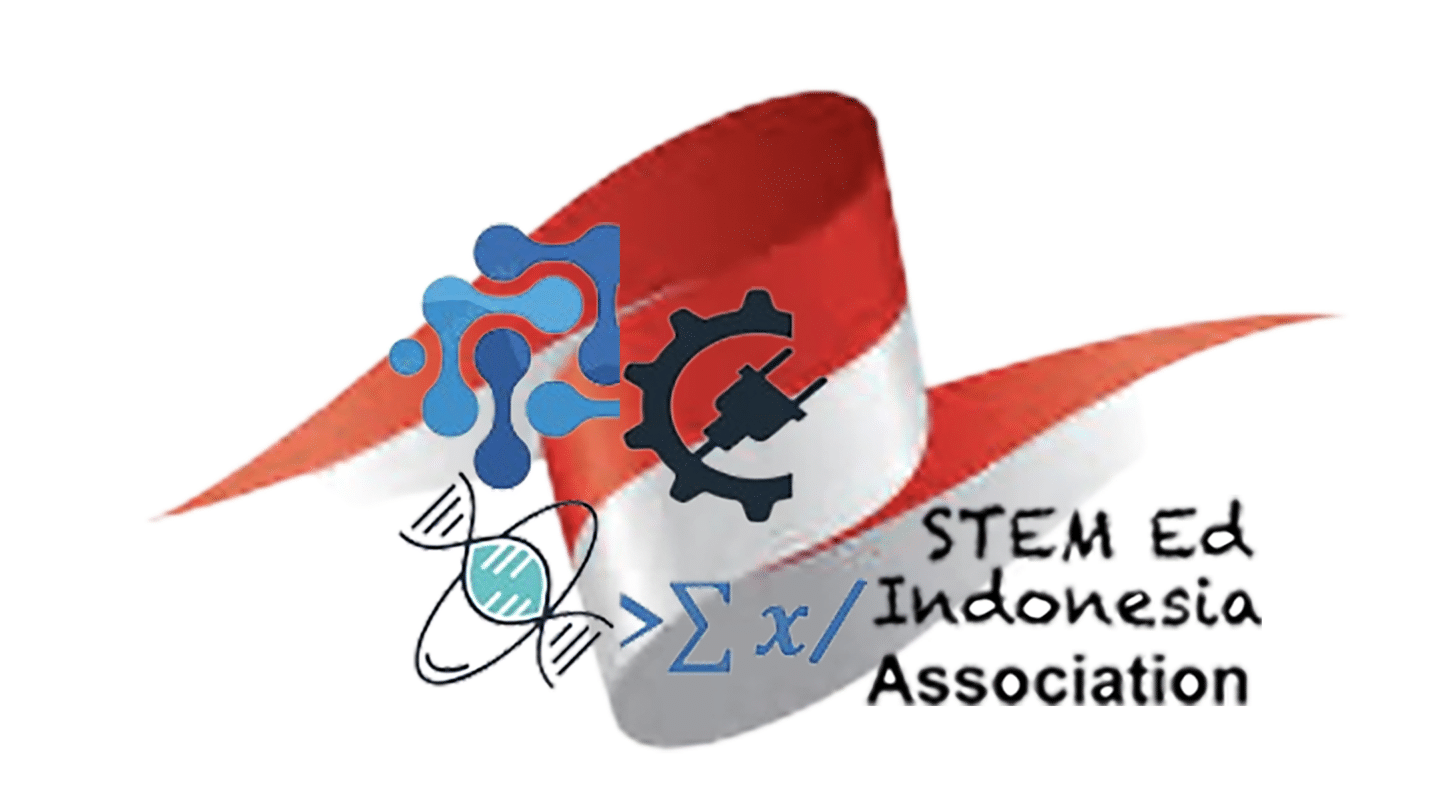Internalization of Religious Character in Biology Learning (Case Study at SMPIT Qurratta A'yun Ponorogo)
DOI:
https://doi.org/10.70290/jeti.v2i1.20Keywords:
Religious Character, Internalization, Biological LearningAbstract
Researchers conduct research in SMPIT Qurrata A’yun Ponorogo, a civilization school that combines sciences and Islamic religion with a school model that is able to integrate qouli knowledge and kauni become one unit in learning. This study uses a qualitative approach, a case study type and data collection techniques through interviews, observation and documentation. Data analysis used descriptive techniques by using data reduction flow, presentation, and conclusion. The results of the study at SMP IT Quratta A’yun Ponorogo show that religious character values are internalized through religious activities and self-development through tahfidz Qur'an, and other religious activities. The steps used in internalizing religious characters in biology learning have three stages, namely: the value transformation stage, the value transaction stage, transinternalization of values. It is expected that biology teachers will always maximize their learning activities by inserting the Al-Qur'an and Hadith in the biology learning process.
References
Aisyah, S., & Afrizal, A. (2022). Research Trends in Mobile Learning: A Systematic Literature Review From 2011-2021. Journal of Educational Technology and Instruction, 1(1), 49-61.
Bali, M. M. E. I., & Fadilah, N. (2019). Internalisasi Karakter Religius di Sekolah Menengah Pertama Nurul Jadid. Jurnal MUDARRISUNA: Media Kajian Pendidikan Agama Islam, 9(1), Article 1. https://doi.org/10.22373/jm.v9i1.4125
Faizal, A. H. (2020). Internalisasi Karakter Religius dalam Pembelajaran Matematika di SMP Al-Irsyad Al-Islamiyyah Purwokerto [Skripsi, IAIN Purwokerto]. http://repository.iainpurwokerto.ac.id/8976/
Ikhwan, A., & Qomariyah, S. N. (2022). Manajemen Sarana dan Prasarana di Era Disrupsi Sebagai Pendukung Proses Pembelajaran Pasca Pandemi Covid-19. JIE (Journal of Islamic Education), 7(1), Article 1. https://doi.org/10.52615/jie.v7i1.253
Industri, R., Tantangan, D. A. N., & Sosial, P. (2018). Revolusi Industri 4.0 Dan Tantangan Perubahan Sosial. IPTEK Journal of Proceedings Series, 0(5), 22–27. https://doi.org/10.12962/j23546026.y2018i5.4417
Muhaimin, Suti’ah, & Ali, N. (2004). Paradigma pendidikan Islam: Upaya mengefektifkan pendidikan agama Islam di sekolah (S. L. Azizah, Ed.; 3rd ed.). Remaja Rosdakarya.
Muhammad Candra Syahputra, N. M. (2021). PENGUATAN PENDIDIKAN KARAKTER: DARI KEBIJAKAN PUBLIK UNTUK KEBAJIKAN PUBLIK. 8(1), 233–244.
Rohmad, I., Susanto, H., & Saputro, A. D. (2018). Strategi Guru PAI dalam Menanggulangi Kenakalan Siswa di SMK 1 Pemda Balong Ponorogo. INTERNATIONAL SEMINAR ON ISLAMIC EDUCATION, 0, Article 0. https://seminar.umpo.ac.id/index.php/ISIE/article/view/71
Saputro, A. D. (2017). Peran Media Pembelajaran Komik Sains dalam Meningkatkan Prestasi Belajar Siswa di Pendidikan Dasar. Holistik, 2(1), Article 1. https://doi.org/10.24235/holistik.v2i1.1708
Sularmi, S., Harmanto, B., & Saputro, A. D. (2020). Strategies for Learning Religious and Moral Values to Form Religious and Independent Character in Integrated Ra Al-Madinah, Balong District, Ponorogo Regency. TARBAWI:Journal on Islamic Education, 1(1), Article 1. https://doi.org/10.24269/tarbawi.v1i1.443
Zahroni, S. (2022). A systematic review of learning media research trends from 2011 to 2021. Journal of Educational Technology and Instruction, 1(1), 36-48.
Zubaedi, Z. (2015). Desain Pendidikan Karakter. Prenada Media.
Downloads
Published
How to Cite
Issue
Section
License
Copyright (c) 2023 Herli Damayanti, Nuraini, Anip Dwi Saputro

This work is licensed under a Creative Commons Attribution-NonCommercial 4.0 International License.




